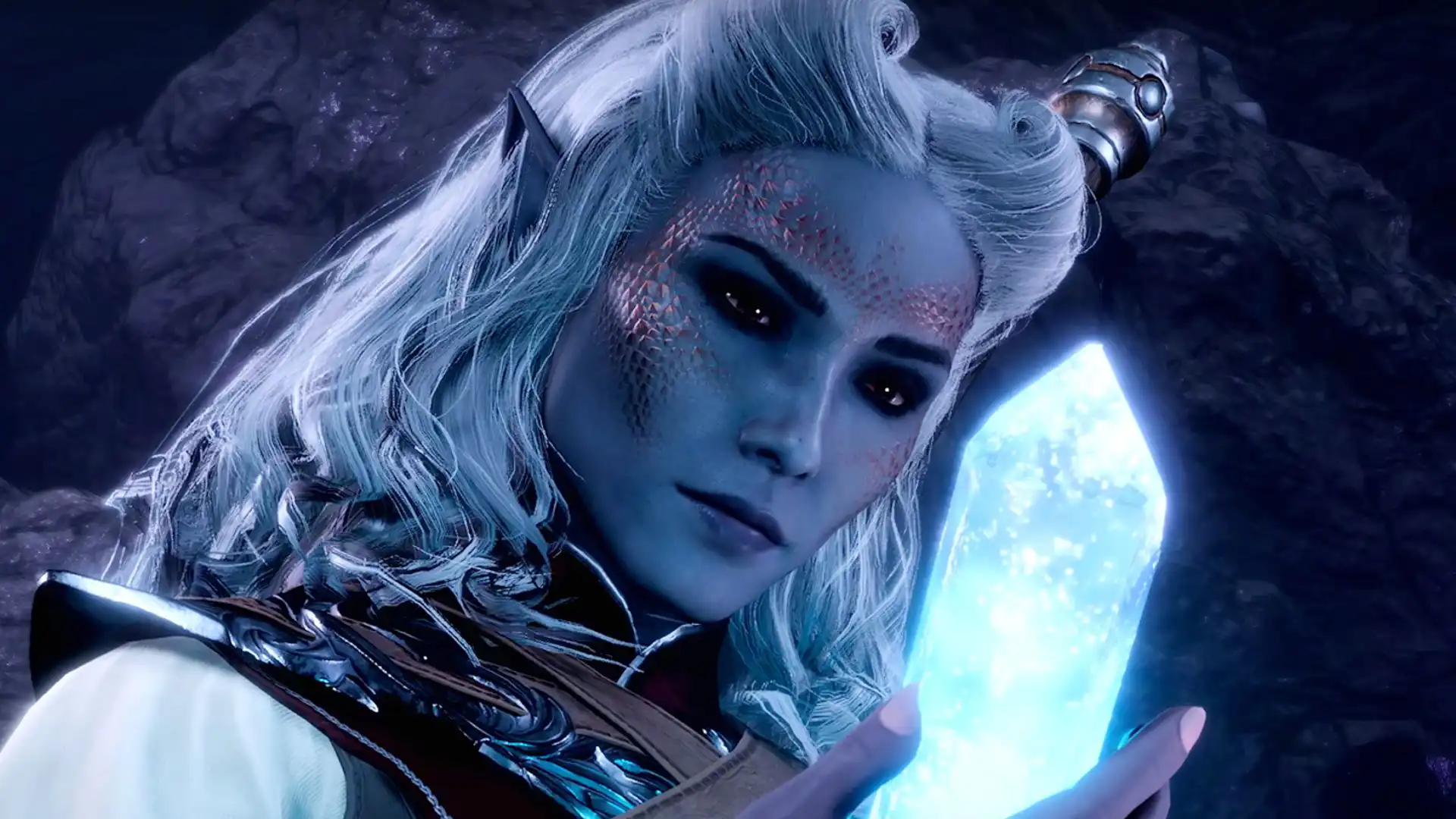Introduction
Baldur's Gate 3 is renowned for its intriguing and deep plot tracing its lineage from a rich tabletop role-playing game origin. The conversations around different characters in the game are intriguing and diverse. Of these characters, one has twisted the discourse in an unexpected manner: the shape-shifting Mindflayer.
The Mindflayers are humanoid creatures with octopus-like heads. These inhuman entities are infamous for their voracious appetite for brains. They have the ability to implant a tadpole into their victims, essentially turning them into a Mindflayer.

Among the Baldur's Gate community, there has been much argument and varied viewpoints about these Mindflayers. This article will navigate the breadth of the discourse, simplifying the complexities that exist within this multifaceted debate.
Emergence of Discourse
The discourse on Mindflayers began simmering with the release of Baldur's Gate 3. Players started to experience the Mindflayer narrative first-hand, resulting in a multitude of unique perspectives. Some individuals were fascinated by their alien-like demeanor, while others were repelled by their foreign appearance and malevolent behavior.
This purported dichotomy of reactions to the Mindflayers sparked passionate debates. Rather than just sharing the same perspective across the community, gamers began engaging in debates, expressing a broad spectrum of views. This variance of opinions made the Mindflayer discourse a fascinating subject of consideration among the Baldur's Gate 3 community.
As conversations unfolded, gamers also began to draw upon lore from the original Baldur's Gate games for context. References to old texts and previous games have added another layer of complexity and depth to the ongoing discourse, rendering it not just about the current game, but an exploration of the series' overarching legacy.
Now, with the discourse gaining traction, every decision made by a character who has been implanted by a Mindflayer tadpole can assert wide implications. These range from psychological aspects to physical transformations, enriching the discourse further.
Psychological Impact
The psychological aspect of the Mindflayer discourse largely concerns the mental unease caused by the presence of the tadpole. Constant worry over the inevitable transformation and potential subjugation to the Mindflayer's will is a nerve-wracking element that plays into the conversation.
In-game choices like resisting Mindflayer influence or embracing it for the temporary benefits also contribute to this discourse. Players often wrestle with moral dilemmas, such as using potentially harmful Mindflayer-derived abilities to overcome challenges. These elements paint unique shades into the psychological discourse about the Mindflayers.
The power struggle between the implanted host and the Mindflayer tadpole serves as a significant point of debate. The question of control over the host body adds yet another strand to the narrative tapestry being weaved by gamers as they explore the intricacies of the Mindflayer discourse.
From the fear of losing one’s identity to the mind of a Mindflayer, to becoming an instrument of terror, and the continual struggle for control, the psychological discourse regarding these alien creatures has visibly intensified.
Physical Transformation
Another facet of the discourse concerns the physical transformation undergone by the Mindflayer’s victims. This physiological alteration furthers the host’s descent into an alien being. Gamers discuss whether the physical transitions induced by the tadpole are inevitable or can be forestalled, adding another dimension to the continuous discourse.
The aesthetic changes that the host body undergoes as it morphs into a Mindflayer inspire a variety of reactions. Some find the sight of an evolving Mindflayer tormenting, while others are fascinated by the metamorphosis.
Discussions about the nature of the transformation also provide a unique perspective. Players wonder if the transformation is merely physical, or if it involves a deeper alteration at the genetic level. This biological question enhances the complexity of the discourse.
The concept of identity then intertwines again with the discourse. The physical alterations resulting from the tadpole's influence raise questions about whether the original identity of the person remains, or if they become a completely new entity. This juxtaposition between identity and evolution adds riveting depth to the Mindflayer discourse.
Conclusion
The Mindflayer discourse in Baldur's Gate 3 has given players a broader perspective on the game's characters. This extends beyond the confines of a simple right or wrong approach as gamers grapple with the psychological implications, physical transformations, and moral dilemmas posed by Mindflayers.
What started as a discussion about a character in a game has expanded into a treatise on identity, transformation, and control. The paradoxes of playing as a character that is on the brink of losing their identity and the potential for transformation have invoked a rich discourse that extends far beyond the digital landscape of Baldur's Gate 3.
In conclusion, the Mindflayer discourse is more than just opinions and debates. It is a deep dive into the interactive narrative of a game and the collective storytelling process. As players navigate intriguing challenges, complex moral dilemmas, and profound transformations induced by the Mindflayers, they weave an immersive narrative that serves to further enhance the gaming experience.
So, as we continue to play and explore Baldur's Gate 3, let us also ponder on these rich discussions, for they add a layer of depth to the game that transcends the visuals and mechanics, plunging us deeper into the complexities of the narrative universe created within the game.